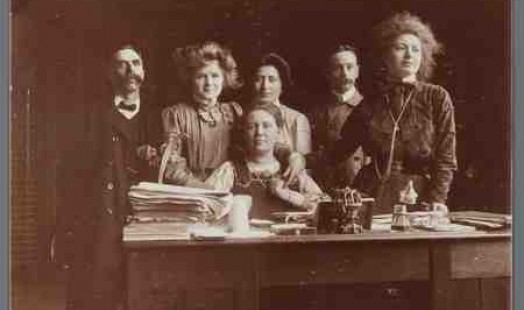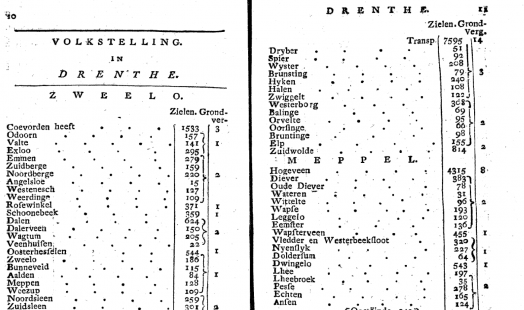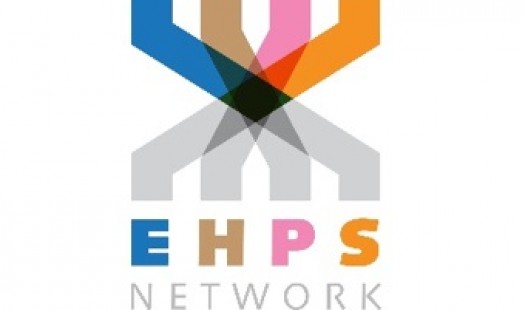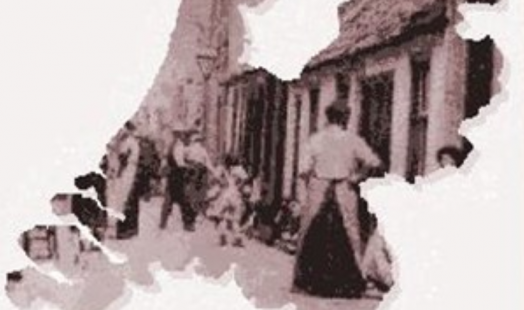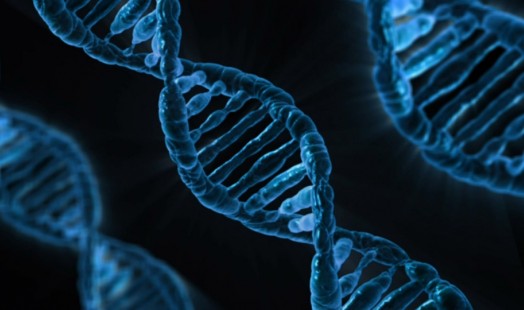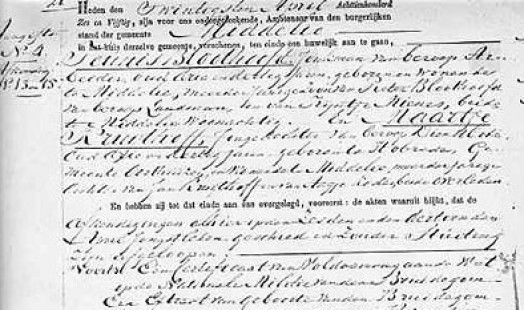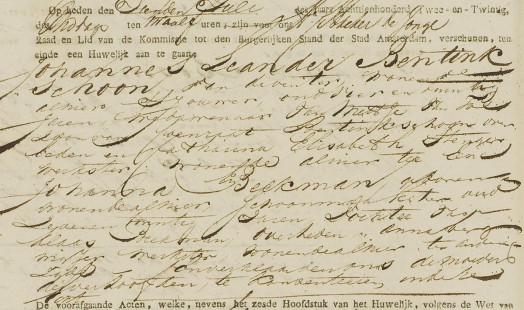
HSN Projects
In addition to functioning as an important source for research and as a source for control groups for interpretation of research into specific groups, the HSN database serves as the basis for collecting new data.
In practice this is realized through:
- designing and maintaining a data structure for use by individual researchers; and
- taking the database as a starting point for further research,
both through increasing the number of individuals included (oversampling) and by deepening by means of recording supplementary variables for a specific group of research subjects.
Scholars thus kill two birds with one stone. Not only can they use the data already recorded, the software and expertise developed by the HSN are available as well. This expertise can also be considered an important byproduct of the data entering of the past ten years. For using its software and already recorded data, the HSN sets the precondition that new data must be added to the data set, so that they will eventually become available to other researchers too. Enlarging the database usually happens in cooperation with other research projects.
- Look at the projects that built the backbone of the HSN database
- The joint projects are listed below:

DVI
Settlement determinants for immigrants and their descendants in the Netherlands, 1853-1960 (DVI)
GBW
Family formation and living strategies in the western parts of the Netherlands 1830-1940 (GBW)
Giants of the modern world (GNT)
The project ‘Giants of the modern world. A new history of heights and health in The Netherlands, 1811-1940’ is granted by the Netherlands organization for Scientific Research (Free Competition Humanities, file number 360-53-190 /208). ) and is co-financed by Radboud University Nijmegen (RUN), Free University and the IISG. The project started in July 2016 and is supervised by prof. dr. Jan Kok (RUN).
